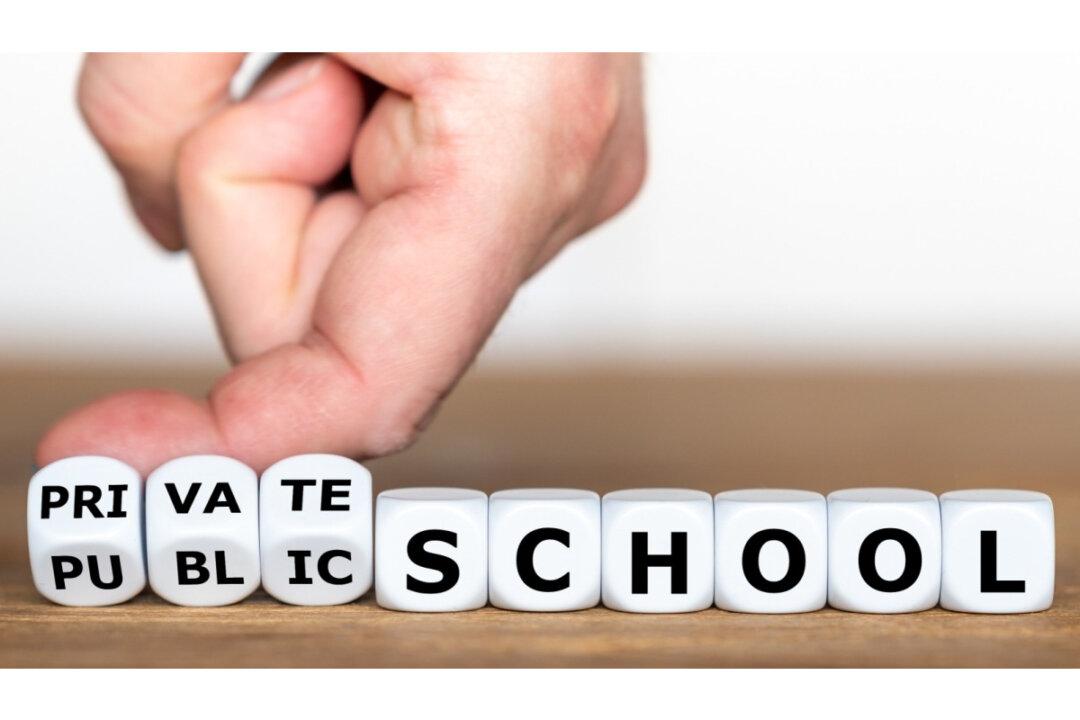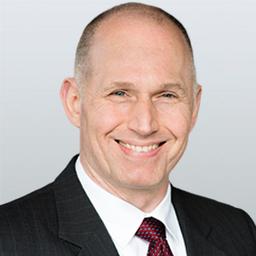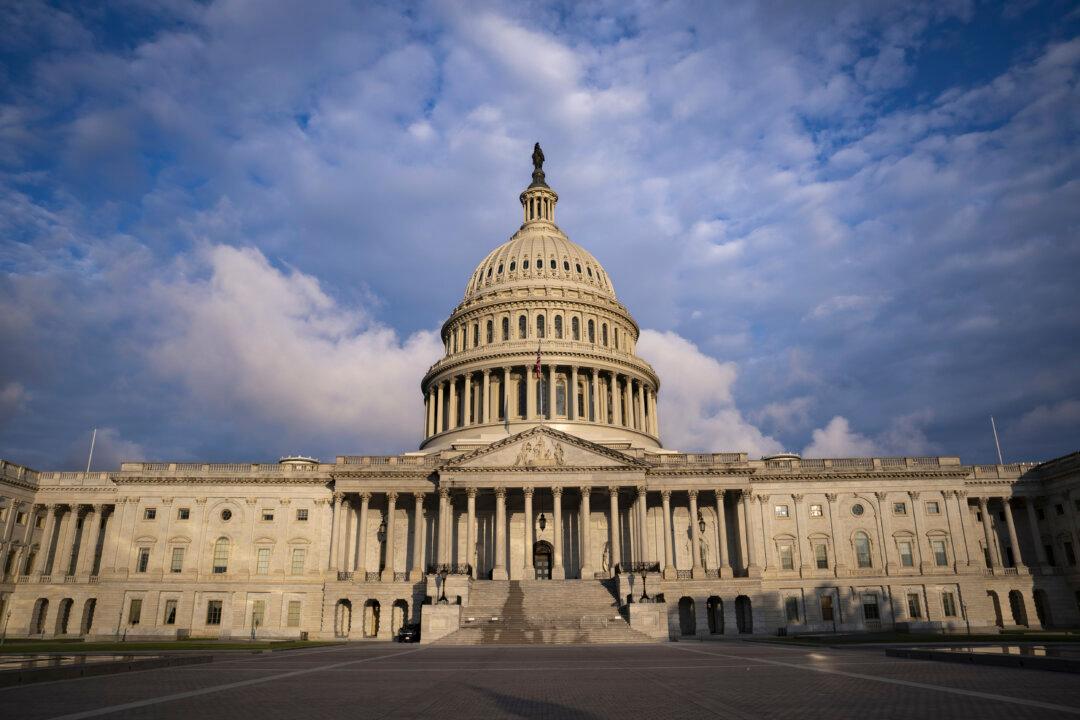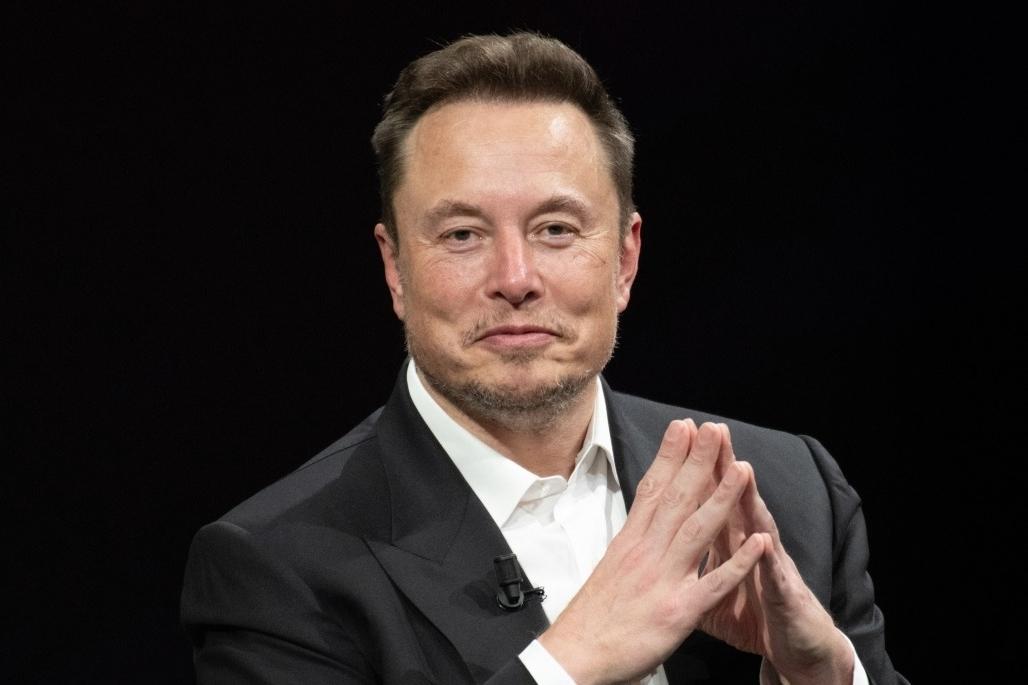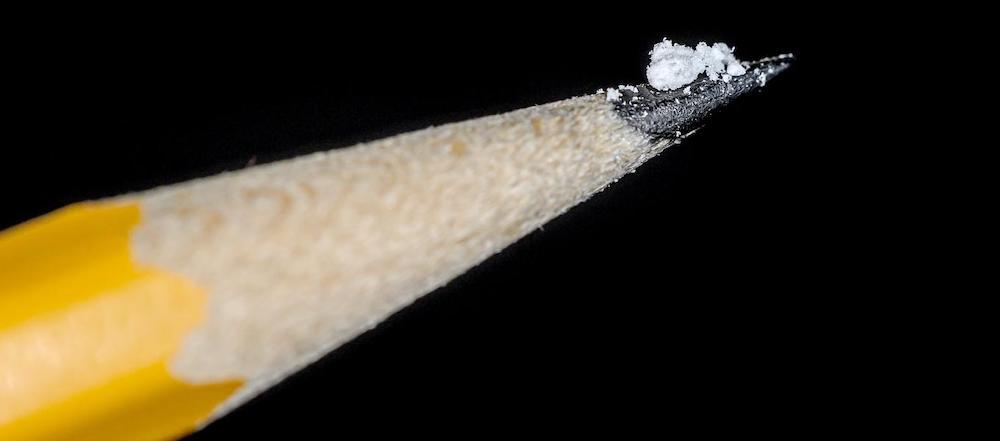News Analysis
The average cost of private schools is a vital fact for understanding issues like school choice and public school spending. This is because it provides a market-based comparison to the cost of government schools. Yet, the U.S. Department of Education hasn’t published an estimate for the average cost of private K-12 schools since 1995.
